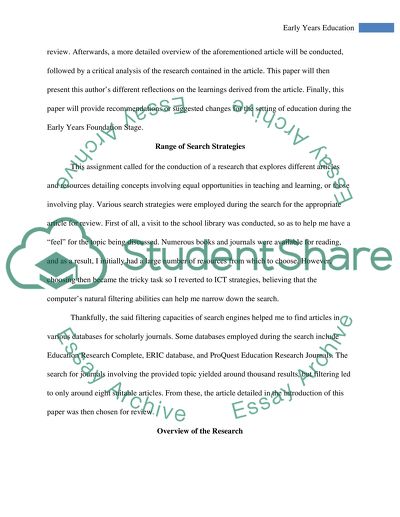Cite this document
(“Early Years Education Essay Example | Topics and Well Written Essays - 2000 words”, n.d.)
Retrieved from https://studentshare.org/education/1446707-information-to-support-decision-making
Retrieved from https://studentshare.org/education/1446707-information-to-support-decision-making
(Early Years Education Essay Example | Topics and Well Written Essays - 2000 Words)
https://studentshare.org/education/1446707-information-to-support-decision-making.
https://studentshare.org/education/1446707-information-to-support-decision-making.
“Early Years Education Essay Example | Topics and Well Written Essays - 2000 Words”, n.d. https://studentshare.org/education/1446707-information-to-support-decision-making.


